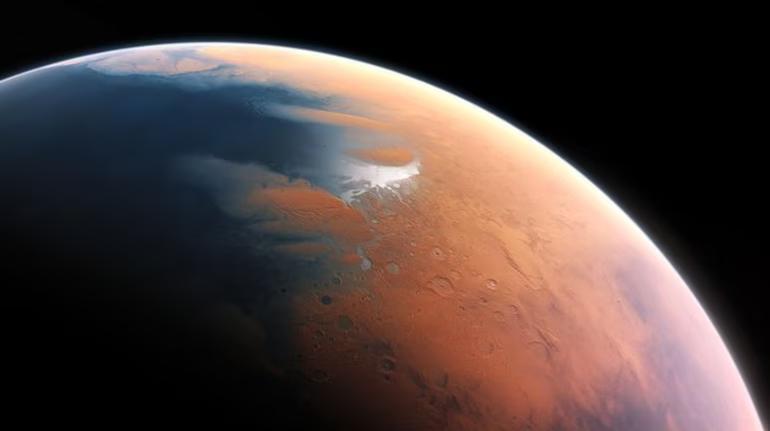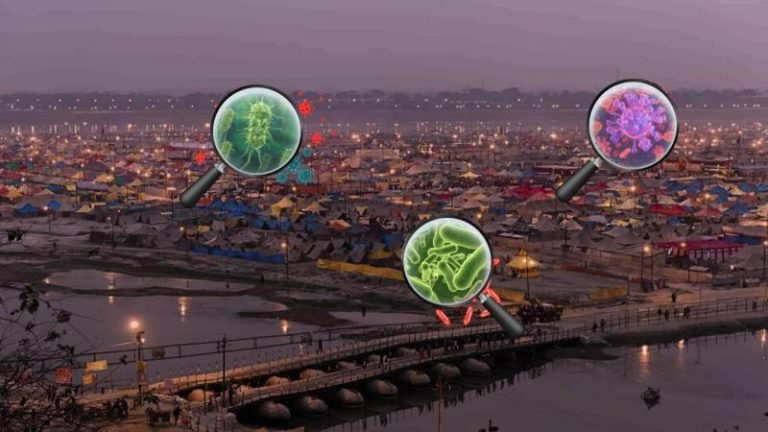
Mars may have once had rain & snowfall, finds new study
For decades, scientists have been fascinated by the possibility of life on Mars, the Red Planet. The search for life beyond Earth has led to numerous studies and missions to explore the Martian surface. Recently, a new study by the University of Colorado Boulder has shed light on a crucial aspect of Mars’ past, suggesting that the planet may have once experienced rainfall and snowfall.
The study, published in the Journal of Geophysical Research: Planets, analyzed data from NASA’s Mars Reconnaissance Orbiter and found evidence of ancient valleys and channels on Mars’ surface. The researchers believe that these features were likely formed by flowing water, which is a crucial ingredient for life.
Studies have suggested that there is evidence that at least some water existed on the surface of Mars around 4 billion years ago. However, the source of the water has not been ascertained yet. The new study provides valuable insights into the Martian environment during that time period.
The researchers used a technique called “detrended structure function analysis” to analyze the topography of Mars’ surface. This technique helps to identify patterns in the data that may not be immediately apparent. By applying this technique to the data from the Mars Reconnaissance Orbiter, the researchers were able to identify features that resemble valleys and channels.
The study’s lead author, Dr. Sarah H. Johnson, explained that the team was looking for patterns in the data that could be indicative of flowing water. “We were searching for signs of erosion, like valleys and channels, that could have been formed by water flowing over the surface of Mars,” she said.
The researchers found that the valleys and channels they identified were much more extensive than previously thought. The study suggests that Mars may have had a more hospitable climate in the past, with rainfall and snowfall occurring regularly.
“This is a really exciting finding because it suggests that Mars may have had conditions that were suitable for life,” said Dr. Johnson. “If there was water on the surface of Mars, it’s possible that there was life too.”
The implications of this study are significant. If Mars did experience rainfall and snowfall in the past, it could mean that the planet’s environment was more similar to Earth’s than previously thought. This raises the possibility that life could have evolved on Mars, and that it could still exist today.
The study’s findings are also relevant to ongoing and future missions to Mars, such as NASA’s Perseverance rover, which is currently exploring Jezero Crater. The rover is equipped with instruments designed to search for signs of past or present life on Mars.
While the study’s findings are intriguing, it’s important to note that the researchers are cautious in their conclusions. “We can’t say for certain that there was life on Mars,” said Dr. Johnson. “However, these findings do suggest that the planet had a more complex and dynamic environment in the past than we previously thought.”
The study’s findings also highlight the importance of continued exploration of Mars. As scientists continue to learn more about the Red Planet, they may uncover even more evidence of a past that is more similar to our own.






